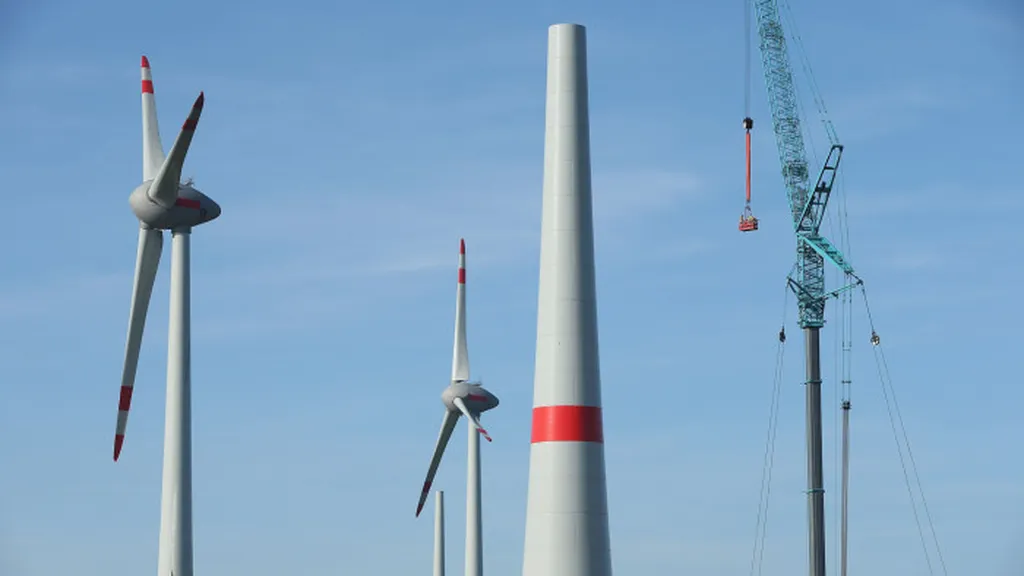In the heart of urban landscapes, a quiet revolution is taking root. Vertical farming, a cutting-edge approach to agriculture, is gaining traction as cities grapple with the environmental pressures of feeding growing populations. A recent study published in the journal *Applied Sciences* (translated from the Latin as “Applied Sciences”), led by Ana C. Cavallo from the CIRI FRAME Interdepartmental Centre for Industrial Research in Renewable Resources, Environment, Sea and Energy at the University of Bologna, sheds light on the environmental performance of indoor vertical farming (IVF) systems, particularly when powered by photovoltaic (PV) energy.
The study, which focuses on a prospective IVF system on a university campus in Portugal, uses a comprehensive Life Cycle Assessment (LCA) approach. This method evaluates the environmental impacts of the system from cradle to grave, including the often-overlooked aspects of land use and soil quality. The research combines the Environmental Footprint (EF) method with the Land Use Change and Soil Quality Assessment (LANCA) model to provide a holistic view of the system’s sustainability.
Cavallo and her team found that the PV-powered IVF system demonstrated lower overall environmental impacts compared to conventional grid-powered systems. “The PV-powered system showed notable reductions across most impact categories,” Cavallo explains. However, the study also revealed important trade-offs, particularly with soil quality. “Our LANCA results highlighted cultivation and packaging as key contributors to land occupation and transformation, while also revealing trade-offs associated with upstream material demands,” Cavallo adds.
One of the most intriguing findings is that even non-soil-based IVF systems can indirectly impact soil quality. This is a crucial insight for the energy sector, as it underscores the importance of considering the broader environmental implications of integrating renewable energy sources into agricultural systems.
The study’s findings have significant implications for the future of urban agriculture and the energy sector. As cities continue to expand and the demand for sustainable food production grows, IVF systems powered by renewable energy sources like PV could play a pivotal role. However, the trade-offs identified in the study highlight the need for a multi-dimensional assessment approach when evaluating these emerging technologies.
For the energy sector, this research underscores the potential of PV-powered IVF systems as a sustainable solution for urban food production. It also highlights the importance of considering the broader environmental impacts of these systems, including their indirect effects on soil quality. As the world moves towards a more sustainable future, the insights from this study will be invaluable in shaping the development of urban agriculture and renewable energy technologies.
In the words of Cavallo, “By combining EF and LANCA, our study shows that IVF systems that are not soil-based can still impact soil quality indirectly. These findings contribute to a broader understanding of sustainability in urban farming and underscore the importance of multi-dimensional assessment approaches when evaluating emerging agricultural technologies.”
As we look to the future, the integration of renewable energy sources into agricultural systems will be a key focus. The insights from this study will be instrumental in guiding this integration, ensuring that we build a sustainable and resilient food system for future generations.

